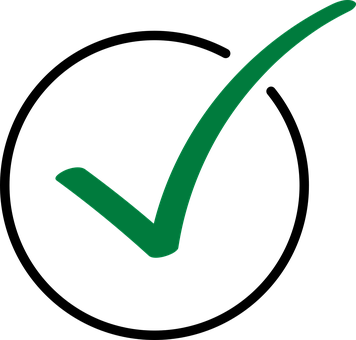Get 12% Off*, Use Code: HPFD25
Get 12% Off*, Use Code: HPFD25

 Reviewed by Laura Castricone, Respiratory Therapist, on April 4, 2022
Reviewed by Laura Castricone, Respiratory Therapist, on April 4, 2022
Homefill oxygen devices or O2 transfill systems are popularly known as Oxygen Cylinder Refill Systems. They are portable oxygen refill devices that are used at home to fill empty O2 tanks. By using oxygen concentrator technology, the concentrated oxygen is extracted from room air to oxygen refill machines. This gives the user an unlimited refill of oxygen. The refill system then pressurizes the concentrated air to fill the oxygen cylinders. Patients get more liberty as they don’t have to depend on oxygen vendors for a refill. In this article, you will learn how to fill a portable oxygen tank from concentrator to make the most of your oxygen therapy from the comfort of your home.
An empty oxygen cylinder can be refilled at any time. It does not matter if the patient is away shopping or taking a nap. There are no restrictions on refilling the cylinder. Turn on the machine and attach the empty cylinder to refill the oxygen tank at home. After refilling, the portable oxygen tank can be used instantly or can be kept as a reserve. Oxygen refilling also saves the space required for storing the number of reserve tanks. Always make sure to have backup tanks filled and ready to go in case of an emergency.

Oxygen transfilling systems are integral to making a patient more independent, compliant, and healthy.
Oxygen Concentrator removes impurities and gases, such as nitrogen, from the ambient air and allows the patient to breathe better and maintain O2 levels in the blood.
The O2 compressor on the top of the refill system produces compressed oxygen by taking in the ambient air. The compressor is connected to the concentrator via a tube or hose that allows the oxygen to travel between them.
Oxygen Tank contains compressed oxygen for the therapy. The small tanks are refilled occasionally and come in various sizes for different requirements.
Other components include nasal cannula, reservoir, regulator, and tubing.
Oxygen tank refill systems can be used at places with a regular supply of 110-120-volt electricity. They can be used anywhere that electricity is available. They are ideal for home, office, and even hotel use.
Disclaimer: All content found on our website, including images, videos, infographics, and text were created solely for informational purposes. Our reviewed content should never be used for the purpose of diagnosis or treatment of any medical conditions. Content shared on our websites is not meant to be used as a substitute for advice from a certified medical professional. Reliance on the information provided on our website as a basis for patient treatment is solely at your own risk. We urge all our customers to always consult a physician or a certified medical professional before trying or using a new medical product.

Ayush Henry, has been a Health Products For You contributor since 2016. He holds an MBA in hospitality and a MA in English. A professional HR soft skills trainer and copywriter, he ...
How To Increase Iron Levels Quickly
It’s a question that must have puzzled you like many others. Iron is essential in hemoglobin production and its inadequate levels can negatively impact your health. Dive into this informative article to explore top iron-rich foods that can help you fight iron deficiency.
10 Best Coccyx Cushions for Tailbone Pain
If you're like most people, you spend about 8 to 10 hours sitting every day. However unhealthy, it is part of life for many, and can cause tailbone pain. Coccyx cushions can help alleviate this pain. Click to read more and find the perfect coccyx cushion for your tailbone pain.
5+ Best Adult Diapers for Fecal Incontinence
Dealing with fecal incontinence can be challenging, but you're not alone. Read this article and navigate through discreet and effective solutions that help you manage fecal incontinence and let you live life on your terms with confidence and comfort.
Top 5 Best Reviewed Nebulizers of 2024
Need an effective and affordable nebulizer? Look no further, in this article we offer 5 of our best reviewed nebulizers that are loved by our customers. Click to read more and find the perfect nebulizer for all your respiratory needs.
10 Best Penis Pumps For Erectile Dysfunction
For anyone dealing with erectile dysfunction, penis pumps serve as a great way to manage it. But with so many products available, determining the best one for your needs can be challenging. To assist you in refining your choices and making an informed decision, here are our top 10 options, recognized for their effectiveness and safety.